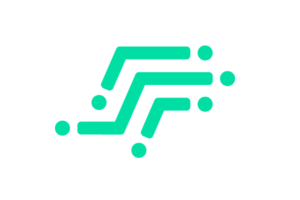
While digital transformation has become necessary for survival, adopting new technologies such as IoT and cloud presents new challenges related to collaboration and security for organizations, according to global data, a leading data and analytics company.
The company’s latest report: ‘Strategic Focus: Enterprise IT Security‘ states that the need to implement a common IT language and automated asset management system helps create a foundation of transparency, thereby allowing enterprises to leverage existing cyber security tools and programs.
Prarthna Tiga the Technology Analyst at GlobalData, says: “Businesses at all levels are increasing their spend on security solutions by maintaining an ongoing asset inventory, employing firewalls and endpoint protection software, and ensuring that their technology partners follow best practices, to prevent data leakages.”
GlobalData’s survey of 3,242 respondents across 37 countries finds that 82% of enterprises are focusing their investments in IAM solutions. The survey further shows that IAM is emerging as a vital security segment among enterprises, as 73% of respondents are planning to invest in this segment over the next two years, in order to gain identity-enabled security for their infrastructure and protect their enterprises from prying intruders.
Similarly, backup and archive, network security, endpoint security, and content and web filtering are important security investments for enterprises this year.
Cyber-attacks have gradually transformed from being theft driven to well-planned hacks of a greater magnitude that can manipulate organizational data, causing serious disruptions. Many companies have recently been targets of such crimes such as the Wanna Cry ransomware that impacted businesses in almost a 100 countries.
As a result, proactive threat intelligence, mobile malware security, and the growing prevalence of cloud access security broker (CASB) software and DevSecOps are some pre-emptive measures being adopted by enterprises to prevent data thefts, implement enterprise security policies, and provide more ownership to developers for creating and monitoring applications.

















